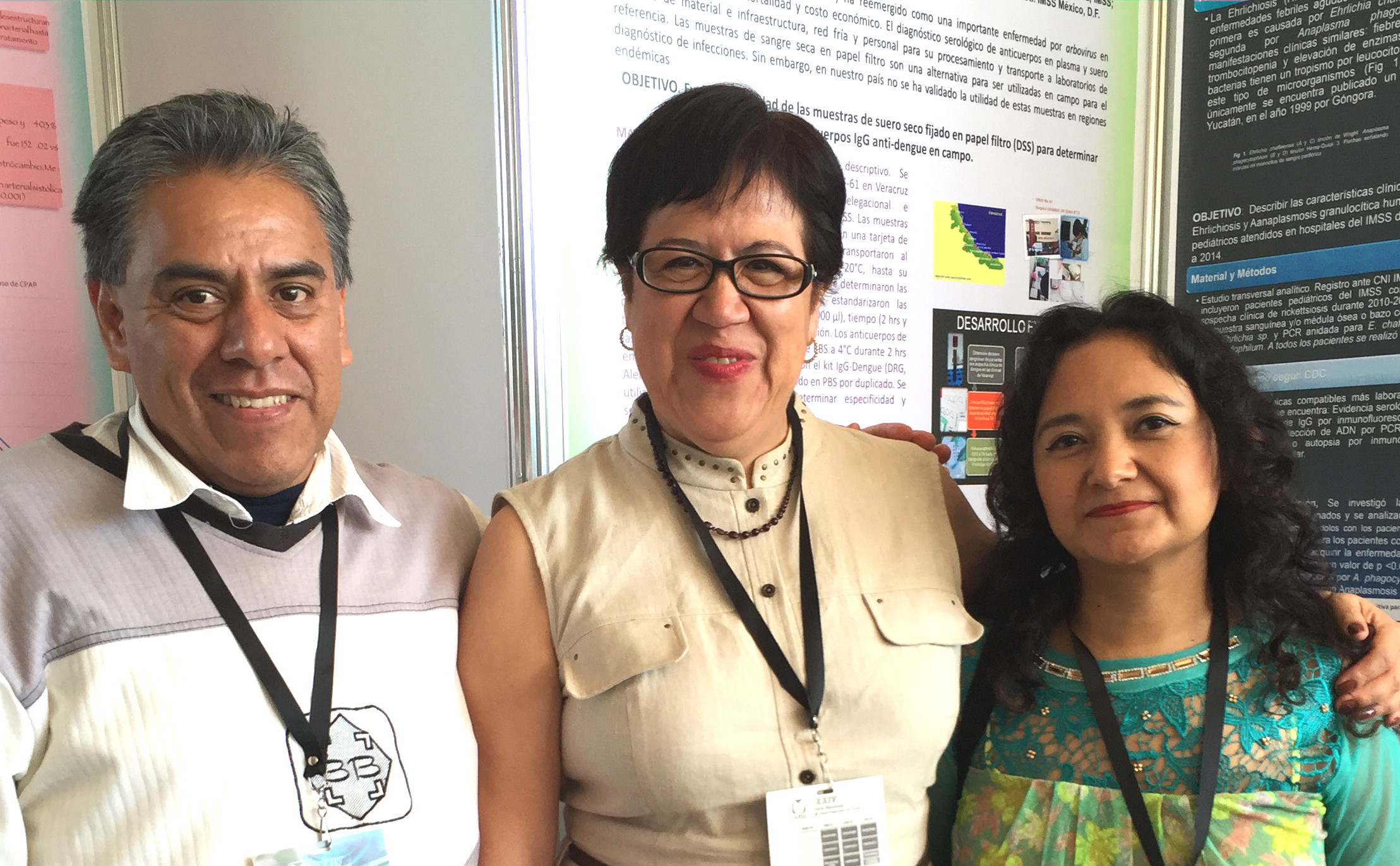
Standard murine models of cutaneous leishmaniasis, involving s.c. inoculation of large numbers of Leishmania major promastigotes, have not supported an essential role for CD8(+) T cells in the control of primary infection. Recently, a L. major model combining two main features of natural transmission, low parasite dose and inoculation into a dermal site, has been established in resistant C57BL/6 mice. In the present studies, C57BL/6 mice with CD8(+) T cell deficiencies, including CD8(-/-) and CD8-depleted mice, failed to control the growth of L. major following inoculation of 100 metacyclic promastigotes into the ear dermis. The resulting dermal pathology was minor and delayed. Lesion formation in wild-type mice was coincident with the killing of parasites in the inoculation site. Both events were associated with the accumulation of CD8(+) T lymphocytes in the skin and with the capacity of CD8(+) T cells recovered from draining lymph nodes or infected dermis to release IFN-gamma following coculture with infected dendritic cells. Reconstitution of resistance to L. major in RAG(-/-) mice using T cells from naive donors was optimal when both CD4(+) and CD8(+) T cells were transferred. Primed CD8(+) T lymphocytes obtained from C57BL/6 mice during the acute stage of infection were able to mediate both pathology and immunity when transferred alone. The low dose, intradermal challenge model reveals that CD8(+) T cells play an essential role in both pathogenesis of and immunity to primary infection with L. major in the skin.








